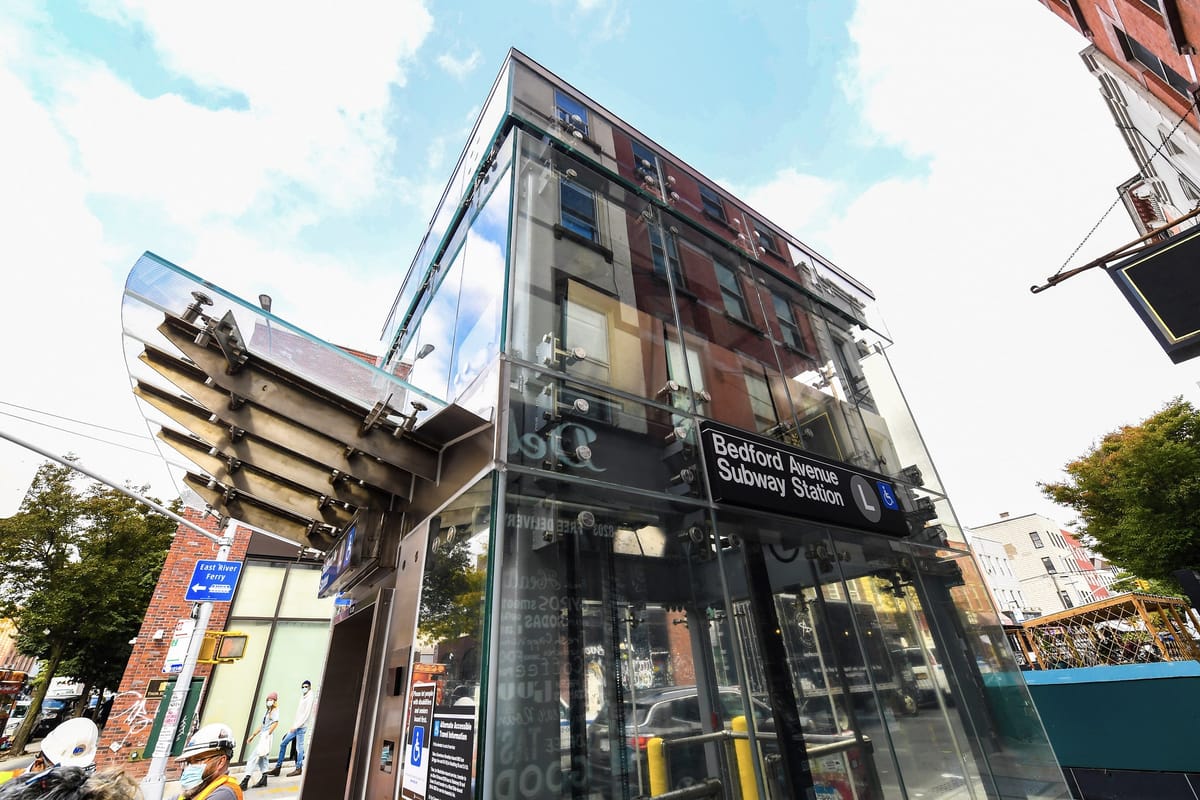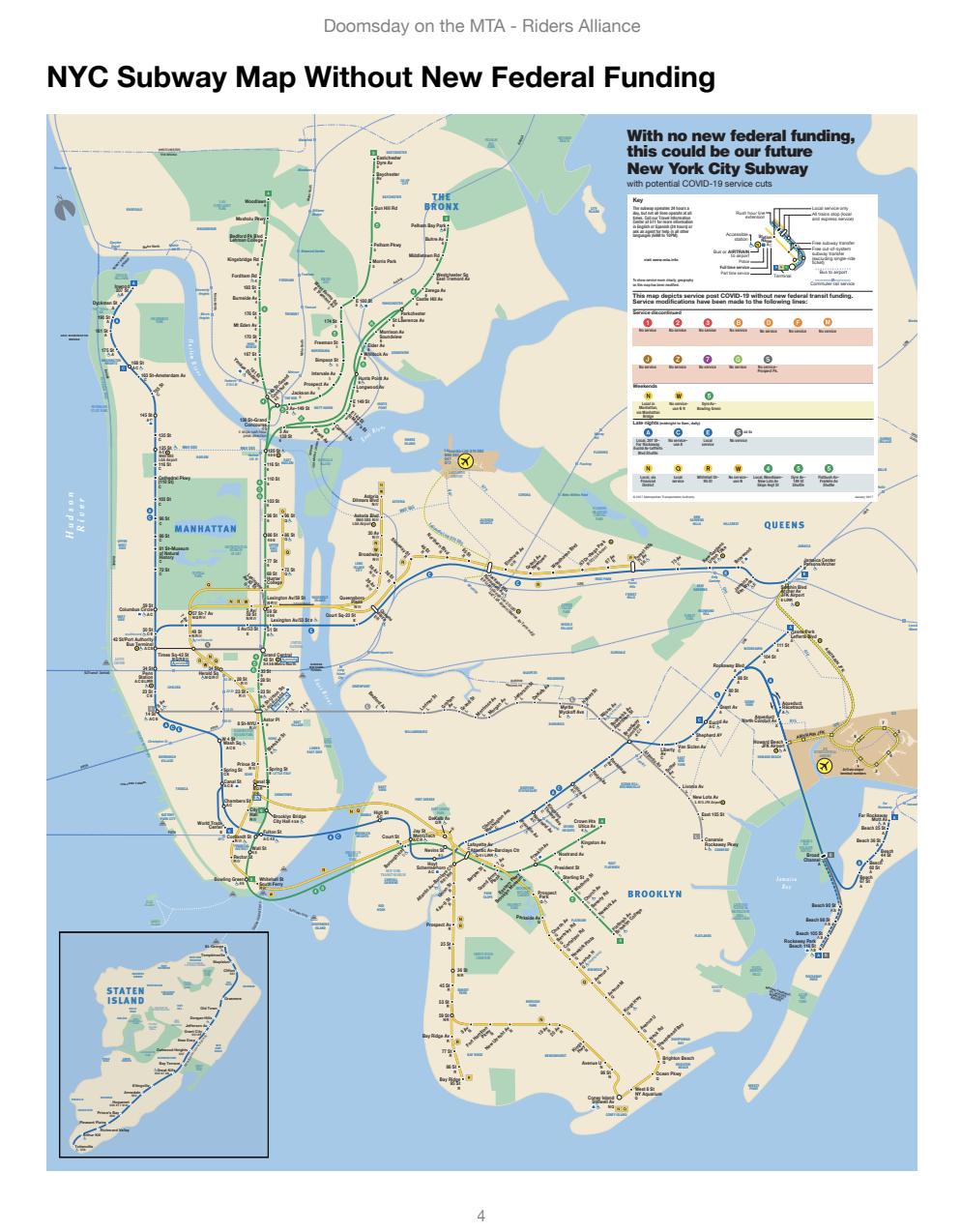MTA Budget Proposes Massive Cuts To Service


MTA presented today its best case and doomsday plans and projections for the coming years: proposed 2021 budget and four-year financial plan reflects the worst financial crisis in agency’s history.
Their best-case scenario envisions a return to just 50% capacity by the middle of next year, a permanent reduction in the number of commuters due to changed work arrangements that would persist into mid-2020s. Without additional federal subsidies, MTA is facing $3 billion deficits in each of the coming years that would precipitate massive reductions in service. Should federal relief arrive, the MTA will make any necessary budget adjustments during 2021, MTA assured.
Just how massive? Imagine 40-50% reduction in service, and layoffs of over 9,000 staff. Subways, trains and buses would run less frequently, some lines may be eliminated, and weekend service significantly reduced if not suspended outright. Here is what the MTA released about the plans today:
New York City Transit – Subway
Subway service reductions of up to 40% may result in reduced train frequency, suspension of service on some lines at certain times of day, and/or major weekend changes. The reduction in service may allow for a 35% subway fleet reduction, generating savings in maintenance, cleaning and inspection costs. The service reduction would result in the elimination of nearly 2,400 positions.
New York City Transit – Department of Buses & MTA Bus Company
The MTA proposes to reduce bus service by up to 40% through elimination or consolidation of bus routes and reductions in frequency by up to 33% on the routes that remain. Changes to routes would ensure that service is available within a half-mile of existing stops. The bus service reductions would result in the elimination of nearly 5,900 positions in total across MTA New York City Transit and the MTA Bus Company.
Long Island Rail Road and Metro-North Railroad
The MTA proposes to reduce commuter railroad service by 50%, which may result in peak period train frequencies of every 20 to 30 minutes along busier line segments, or hourly at less busy line segments. Proposed reductions under consideration take into account the existence of nearby alternate service and maintaining adequate service for essential workers. Off-peak and weekend service may be hourly, reflecting current ridership levels while maintaining sufficient service to prevent crowding. The railroads’ service reductions would result in the elimination of a total of more than 900 positions.
The agency has already been cutting, and there is a hiring freeze, however, the MTA’s projected deficits are still projected to be $15.9 billion through 2024.
“The MTA continues to face a once-in-100-year fiscal tsunami and this is without a doubt one of the most difficult and devastating budgets in agency history,” said MTA Chairman and CEO Patrick J. Foye. “No one at the MTA wants to undertake these horrific cuts but with federal relief nowhere in sight there is no other option. As I have said, we cannot cut our way out of this crisis – we are facing a blow to our ridership greater than that experienced during the Great Depression. We are once again urging Washington to take immediate action and provide the full $12 billion to the MTA.”Back in July, Riders Alliance projected what such cuts could look like if implemented:





